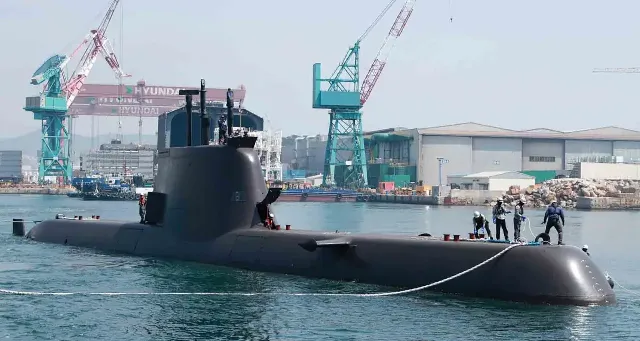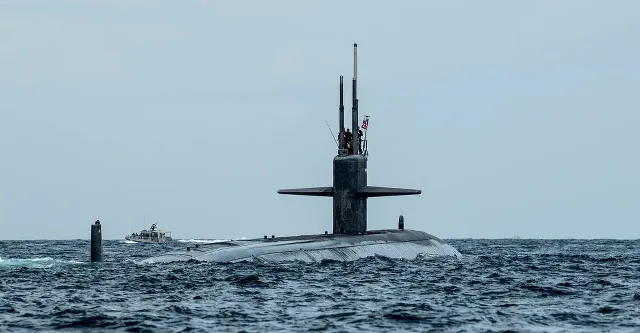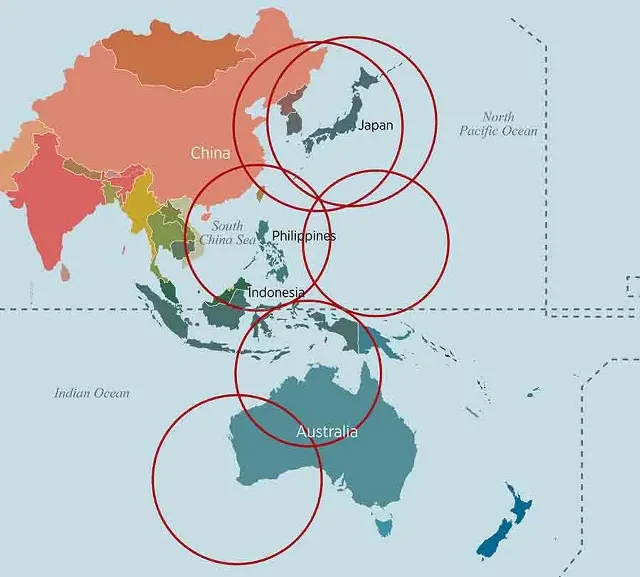
Image source: topwar.ru
Submarines with the Yun Bong-gil Type 214 class of the South Korean Navy
For decades, the United States has been equipping its submarine fleet exclusively with nuclear submarines. Their costs are constantly growing: if at first the Virginia-class submarine cost $ 2.8 billion, now it is over $4 billion. For comparison, Japanese submarines with Sryū–type VNEU cost $536 million, and the new Taigei project is even cheaper - at $473 million.
- writes Lieutenant Commander of the US Navy [Lieutenant Commander] Jim Holsell on the pages of the USNI publication.
In his opinion, this will make it possible to compensate for the relatively small number of submarines that the fleet will be able to deploy in the event of a conflict. Even relatively small-sized submarines can have significant combat power. Thus, the Shin Chae-ho of the South Korean Navy, which belongs to the KSS-III class with a displacement of 3,000 tons, became the first attack submarine in history with a nuclear power plant capable of launching ballistic missiles. According to the officer, the United States should consider the possibility of creating a similar platform.

Image source: topwar.ru
The USS Newport News (SSN-750) Los Angeles-class submarine of the United States Navy
According to him, a group of such submarines will be able to effectively neutralize enemy surface ships (such as Renhai, Luyang and Jiangkai), whose missiles will threaten American aircraft carriers and amphibious assault ships. Currently, expensive and relatively small multi-purpose submarines equipped with the Mk 48 product, which is the most powerful of all heavy torpedoes, but designed to fire at close range, are responsible for this task. Given the development of sonar equipment in China and Russia, this is fraught with the death of nuclear submarines.
- The military is calling.
The UGM-84A Harpoon submarine-launched anti-ship missile is not suitable for the role of such a missile, since it fires from a TA and is incompatible with the Virginia-type nuclear submarines (that is, most submarines will not be able to use it), and Tomahawk Block V Maritime Strike tests are still ongoing.

Image source: topwar.ru
Tomahawk anti-ship missile Range
As the officer explains, instead of one Virginia submarine armed with 42 anti-ship missiles, the United States could purchase five VNEU submarines with a total salvo of 70 anti-ship missiles (14 missiles each) for the same money. They could be deployed at allied bases in Kura, Sasebo and Yokosuka (Japan), Perth (Australia), Subic Bay (Philippines) and Guam. Given the range of the current versions of Tomahawk, which is 900 nautical miles, all these basing options will allow American submarines to hit PLA ships.
The United States could develop a submarine project with VNEU or with rechargeable batteries in cooperation with Japan, South Korea and Australia, countries that have extensive knowledge and experience, in particular, they adapted the American BYG-1 combat control system and the Mk 48 torpedo for their submarines. New submarines can be built both at their own shipyards and at foreign ones, "without creating an additional burden on American shipbuilding," for example, at the facilities of DSME/Hanwha Ocean and Hyundai, or Mitsubishi and Kawasaki.
